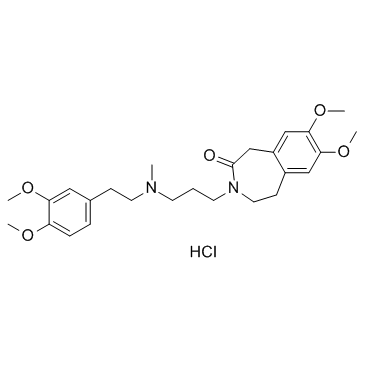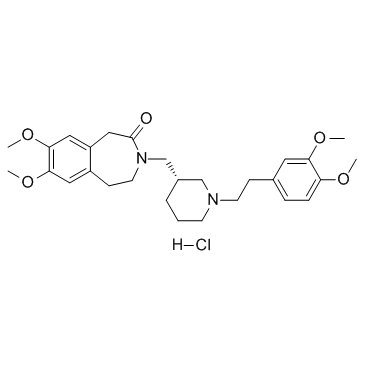| Structure | Name/CAS No. | Articles |
|---|---|---|
 |
Zatebradine hydrochloride
CAS:91940-87-3 |
|
 |
DK-AH 269
CAS:186097-54-1 |